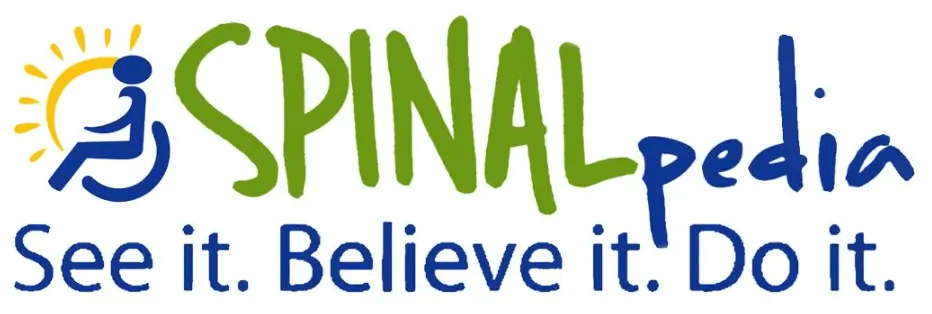Matthew Raynor knows personally how difficult the transition is from living an able-bodied life to living in a body that no longer listens to commands. A former deep-sea commercial fisherman, in 2019 everything changed when he hit his head in a diving accident, becoming a C5 quadriplegic. With deep-sea fishing no longer possible, Raynor made a major change to his career; leaving it completely to become a self-taught computer coder. Learn how he’s been able to teach himself critical job skills while living in a nursing home, and his success as a drone photographer, below.
Diving Accident Derails Physical Work
From New York state, Raynor, who is now 34 years old, worked in the deep-sea commercial fishing industry for over 6 years before his injury, working out of the cities Shunned and Montauk. “I spent my days as a deck boss, braving the ocean and ensuring the crew worked efficiently. I also ran a shellfish business, captaining my own vessel and handling everything from harvesting to sales. I thrived in a physically demanding environment,” he says.
However in 2019, everything changed in his life after sustaining a spinal cord injury. “In 2019, I broke my C5 vertebrae,” he explains, “which left me with limited mobility and function in my arms but no control over my hands or triceps. This spinal cord injury had an immediate and profound impact on my ability to work. The physically intense nature of commercial fishing became impossible, and I had to face the hard reality of losing the career I had dedicated myself to.”
After completing that rehabilitation process after his spinal cord injury, Raynor had to move to a nursing home. “I’ve spent the years since my injury in a nursing home, where life is far from ideal, but I’ve refused to let my circumstances define me.” And it was while living in a nursing home where Raynor had the brilliant idea of fostering a new job skill he could ultimately build-on – computer programming.
Discovering Coding
Since Raynor transitioned to living in a nursing home, he’s been focused on developing skills that would allow him to regain control over his life. “I decided to pursue programming because it is a skill that is fully based on mental effort rather than physical capability. It allows me to be independent and solve real-world problems. I started with Python and Django by reading books,” he explains, “like *Django for Beginners* and *Django for APIs* by William S. Vincent.”
To code independently, as his hands are fully paralyzed, Raynor is a huge fan of the universal cuff. “I use a universal cuff with a stylus to type and navigate the keyboard. I also use a Kensington trackball mouse, customizable Bluetooth keypads, and Velcro straps to secure and position my devices for easier use. This setup allows me to use the computer efficiently, despite my limited hand movement.”
Raynor has built and deployed several projects since learning how to code and is constantly learning via online courses, projects, and books. He has not however worked a formal job since his injury, but continues to look for job opportunities in software development. And he’s also an accomplished photographer. A fine art photographer before his injury, he took photos of his time out in nature while fishing. Post-injury, Raynor became a certified drone pilot and now takes stunning photos of vistas from his drone. See his photography site (and his book)
His ideal job however would be utilizing the specific coding languages he has taught himself. “My ideal job would be a software development role where I can build APIs and work on backend systems, ideally with Python and Django. I also want to contribute to projects that improve accessibility for people with disabilities, making technology more inclusive.”
To help him through this process, Raynor has utilized SPINALpedia’s life-changing support services. “SPINALpedia’s mentoring team has been a significant source of support on this journey. They’ve offered guidance, encouragement, and practical advice, which has been invaluable as I’ve navigated this new career path. Their mentorship has helped me stay focused, even on the toughest days, reminding me that I’m capable of building a meaningful and successful future, despite the challenges I’ve faced.”
And for anyone who’s also going through a new SCI, he has this to share. “I’d like to emphasize that although the journey can be tough, especially after a life-changing injury, it’s important to keep adapting and learning. Building new skills, even slowly, can help you regain independence. Everyone’s path is different, but perseverance is key. You can find a way forward, even when the odds seem against you.”


 Older Posts
Older Posts









